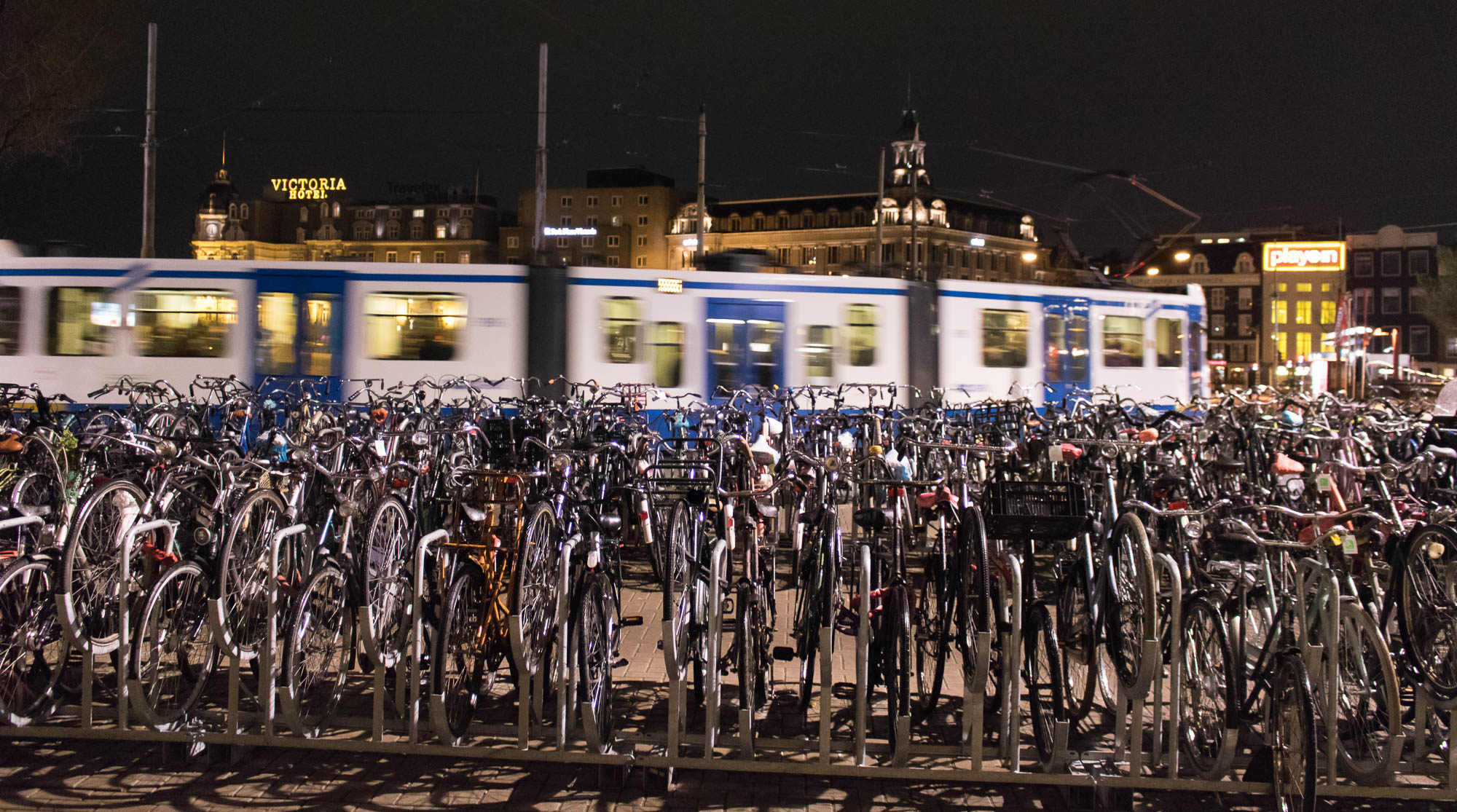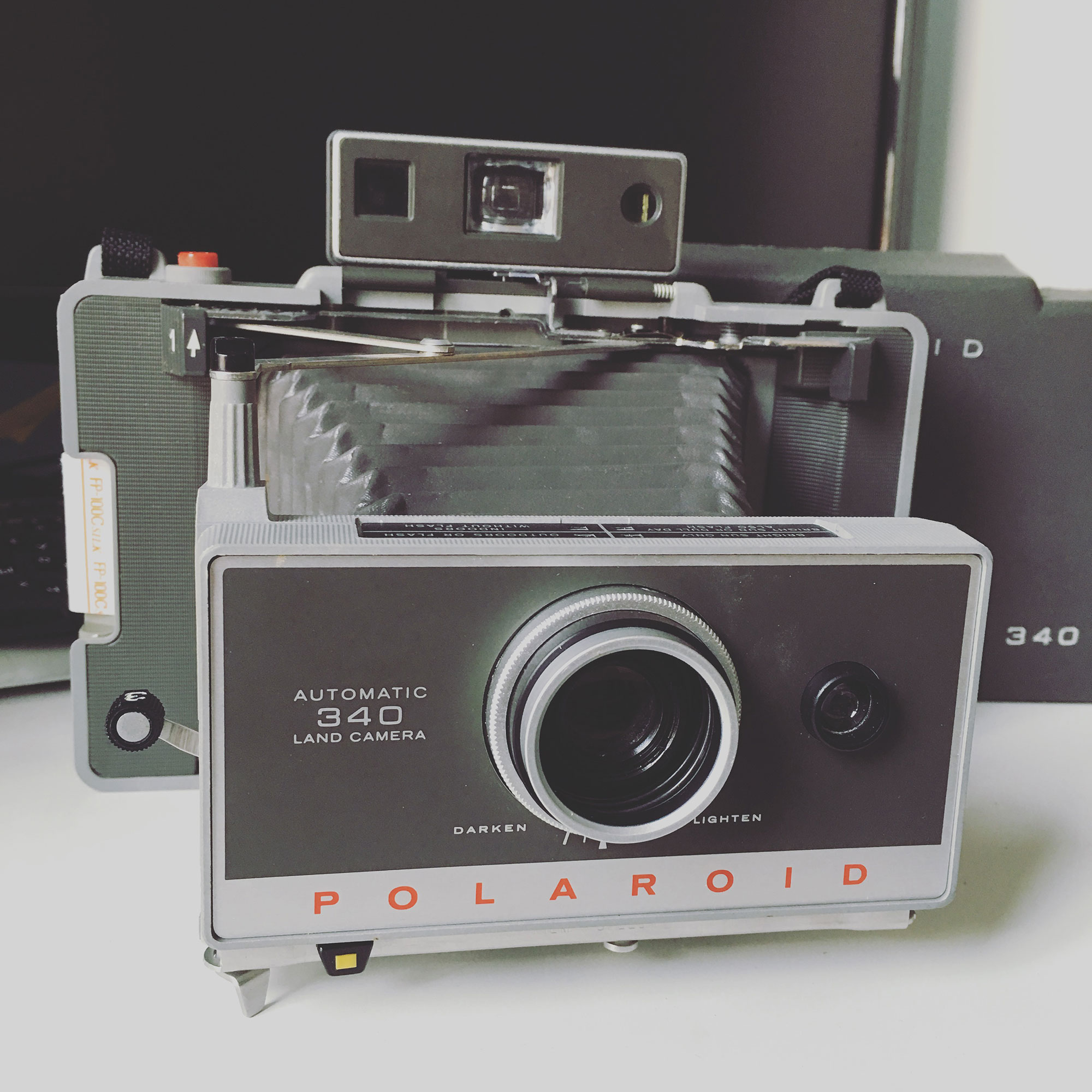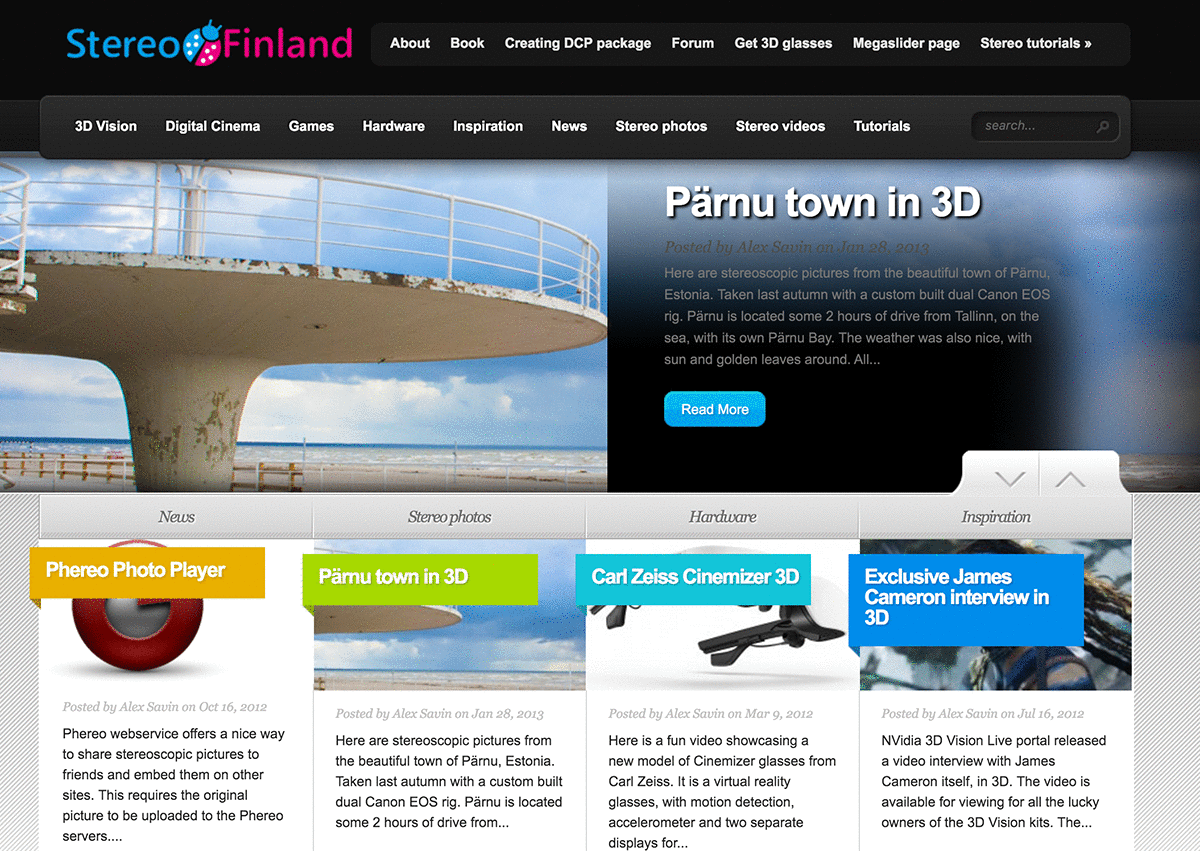2 months with Brompton foldable bike

This post was not sponsored by Brompton. I bought it with my own money.
Brompton is a locally made brand of foldable bikes. They are praised for easy folding and tiny amount of required storage space. They are also very well built and suppose to last for years. I’be been biking all my life but never owned a foldable before. You can see Bromptons everywhere, often with well dressed people riding them around City. Because of a small size you are allowed to take it on board of tube and trains during rush hours. It can also be considered a proper last mile vehicle - more than often during bad weather I’d take a tube and then jump on a bike to quickly get to home from the final station.
History
In March 2009, Brompton Bicycle achieved a record monthly turnover of just under £1 million; the employees were rewarded with fish and chips.
The company is actually very small and very local. Original design was invented in 1976, and hasn’t really changed in the past 40 years. They increased amount of accessories, frame colours, and there is even optional titanium upgrade which will cost extra £600 and will make the whole thing about 0.74kg lighter. Everything is assembled in London from mostly unique parts.
There’s also Brooks B17 special men’s and ladies optional saddle.
Buying
Bromptons are pricey. Base models start at around £700, but with bare minimum set of options you are looking at £900. If you want a colourful body (as opposed to the basic black), and, say, original travel bag, it easily goes over a grand. I went with 3 speeds, mudguards and default black body set.
Now, if you're a UK resident, there are couple of lifehacks that can provide you with a significant discount on a new bike. First is so called Cycle Scheme - a legit tax evasion scheme which can give you up to 40% back. There are a bunch of catches in order to qualify for one, but it is fairly popular way of getting a bike. Second option is related to private health insurance. Your employer might have you enrolled into one, and that insurance might offer you cashback on new bike. In both cases there is a hard limit of about £1000 for a full price of a bike. But that will give you a new Brompton.
I ended up using health insurance cash back option. Biggest difference between those two is that with Cycle Scheme you don't need any money before you get a bike, while with health insurance cash back you have to pay full price upfront, and only then eventually they send you money back. You also own the bike from day 1.
Riding
The bike is unlike anything I’ve ridden before. Proportions are vastly different from any conventional bike. Wheels are small. Steering feels very unsteady in the beginning. Pedalling with only one hand (or - look ma, no hands!) feels impossible.
It is also fast. I’ve been hopping on and off the city bikes around London (they also feature 3 speeds), and by all means top speed of Brompton is much faster.

Speed combined with unsteadiness and overall lightness of the bike is an explosive combination. If weather is particularly wet on a day, it becomes even less steady. You’d want to avoid pebble roads, old brick roads, and anything with uneven surfaces and ditches. When making sharp turns, there is a small chance of hitting ground with a pedal in lower position. It’s a nasty way of loosing your balance.
Just like learning how to ride a bike, none of that will matter after a few weeks. I can even ride it with no hands now - not for too long. Except from pebbled roads - they are quite unforgivable and very uncomfortable to ride even in dry weather.
Rolling
This bike features a way of rolling it around when it is folded. There are 2 rolls behind the seat and one more small roll on a back mudguard. With those 3 rolls you can get folded bike rolled from one tube station to another.

However, default wheels are not meant for prolonged use. They are very small, not very good at rolling, and any uneven surface will be a problem. First time I was rolling folded bike around the tube stations, one of the locking pieces (which also is a suspension) broke away and was never found again (replacement cost: £12).

What you can do is get better wheels. Apparently wheels from most rollerblades would fit just fine. I got official Brompton “Easy Wheels” for something like £20. They are larger and actually meant to be rolled. To be fair, I would expect them to be installed by default. The bike weight is around 11kg, and ability to roll it is very important.
Getting around
Train and tube stations in London are famous for being wheel chair unfriendly. They are full of stairs, sometimes circular stairs, long corridors, and, of course, crowds. With foldable bike you suddenly get option to jump on a public transport whenever you feel like it. This in turn requires some technique.

It is possible to carry the bike while folded as well as in full unfolded mode. Overground is relatively easy, there is much more space, platforms are large and there’s always that far side of the platform where nobody goes. Tube is trickier, but is doable even during rush hour. I find it easier to carry the bike in unfolded state by putting saddle on top of my shoulder. It is also much, much easier to roll around. I’d usually get as far as possible with unfolded bike, then fold it right before jumping into the train. On overground trips it is also possible to unfold the bike inside a train right before arrival.
Station staff will usually issue a friendly reminder that bike has to be folded during the journey. They will also help you get through the gates. It is technically possible to get through the narrow “pedestrian” gates, but they will start alarming as you are going through, thinking there are two persons trying to get in. No one really will care about the alarm, but it is annoying. “Luggage” gates are much more comfortable to use.
Build
The bike feels pretty solid, considering the amount of moving parts. All parts are well made and fit nicely together. My only complain is about speed switcher. Strangely it is made of what seems like cheap plastic. Switch itself becomes loose during the trip and starts making annoying sounds.

Tyres are made of something called Brompton Kevlar. No punctures so far. And yes, there’s plenty of broken glass on roads in the city.
Folding speed
Here’s a video of a guy folding Brompton in just under 6 seconds. Takes me about 15 seconds to perform the same. Unfolding takes about the same time, if not faster.
This is a big deal. You’d think that during the trip you would need to fold and unfold it maybe twice. In practice on a morning commute I’d go through this at least 4 times. There might be extra folding involved if I’m commuting to, let’s say, Charing Cross station - it is notorious for its super long tunnels connecting tube to the railways station. This way I’d unfold it while still underground, roll it around, fold it again, get on the escalator, and so on.
Point is - when folding is not a pain but a very quick and painless operation you have no problem of doing it at the smallest convenience.
Commute distance
My commute looks somewhat like this. It’s about 10km one way, with not much of hills. Central London is relatively flat. I’ve been commuting mornings on overground train + bike, and evenings pure bike. Goal is eventually to start biking both ways every day. I strongly feel that commute eats into your life, and there is nothing that can really compensate it. But if your commute is cycling, it is actually pretty awesome and doesn’t feel like commute at all.
You’re also much more in control, unlike when on the train and it stops, and nothing happens for a long time. Time to cycle home is much more predictable than taking train. And don’t even get me started on the ticket prices. Daily cycling can save a significant amount of £.
Brompton seems to be handling distances very well. It is strangely a solid bike for long distances. And by long distance I probably mean up to ~15km one way, which is my absolute mental limit for daily commute on a bike.
Conclusion
Foldable bike in the city is like a Swiss knife to all sort of situations. It fits perfectly into life and for me it’s almost impossible now to imagine getting around without one. Ground traffic is always stuck, underground traffic is crowded and often broken. Cycling will actually get you around in reasonable time, and you get to spot fresh street art of Shoreditch area.
Not only in city - on weekend I’d often go to my dropzone in a small village in Kent. There is this hugely annoying and plain dangerous part when you walk from the train station to the airdrome - about 30 min of walk on a narrow British road with cars whizzing past yourself. Bike changed everything - 10 min of pedalling and I’m there, signing my name on a flight manifest.

It takes some time to get used to steering and riding one. I’d also wish they put better mini-wheels for rolling it by default. And better switch for gears - something more solid and easy to switch. I also greatly miss some sort of standing support. It is impossible to leave unfolded bike for a second while buying cup of coffee - you have to find a wall to put it against, and even then it will somehow roll and crash to the ground. Some sort of an extra leg would be amazing.
In all the fairness, London offers excellent city bike scheme where you don’t even have to buy your bike - there are hundreds of stations with large, indestructible bikes ready to be borrowed. I was using it for 2 years for commuting. Unfortunately they are only available in zones 1 and 2, and since then we have moved to zone 3. Still, I’m happy to have my own bike now.
And I can carry it anywhere.
Netherlands vlog season - episode guide

We’re back from the Netherlands. Our base was in Amsterdam, but we also managed to get out of town and travel to a few locations around that beautiful country. For one week I also made daily video log episodes, all of which are now available for watching. As usual, everything is filmed, cut and released during the same day.
Day 01: Gatwick to Amsterdam
We get through the morning rush hour in London to catch a train to Gatwick, then hop on the plane and land in Amsterdam Schilpol airport. Quick travel to our AirBnb location in Spaklerweg, and then evening in the town. We try (second) best potato fries in town, stroll along the channels and see the thunderstorm in the night.
Culture of cycling in Amsterdam

We’re back from Netherlands. Me and my wife Stanisla spent a week in Amsterdam, occasionally getting out of town. For both of us this is first visit to the Netherlands.
I generally read Wikitravel before and during the visit. Amsterdam is regarded as a heaven for cyclists. However if you read Wikitravel carefully, you might suspect that something is not right with the kingdom.
Cyclists do not have the right of way even though it might appear so when observing the typical Amsterdammer's cycling behaviour
…cycling the Amsterdam way takes a significant amount of skill: the locals have been riding bikes from the moment they could walk and this informs their behaviour. If you don't feel entirely comfortable on a bike, it may be a stressful affair rather than the smooth ride you may imagine it to be. On top of that, if your lack of confidence makes you block pathways used by other people who can skilfully manoeuvre along them (e.g. groups of people, between stationary vans and the rows of bollards dividing street and footpath), who have appointments to make and jobs to attend, it can create tensions between you and locals.
I’ve personally been cycling pretty much all my life. Started as a kid, then moved to Finland, which is covered in dedicated cycling paths. It is a bit harder to cycle during winter, with all that snow - but Finns are very effective in cleaning cycling routes. At some point I was cycling 14 km each way from Espoo to our office in Helsinki, along the sea, on my hybrid city bike.
After we moved to London I was pretty excited to discover a city bike scheme. London is a huge place, but strangely compact enough to enable cycling commute for lots of people. They have rental bike station spread all over the zones 1 and 2. My initial cycling took 10 min to the office, then 20 min. Now we moved to a new place, and it takes me 40 min of relaxed pedalling across the town, every day. (I had to eventually give up rental bikes in favour of my own).
It seems that Amsterdam was planned to be cycling friendly place. However, this is not the case.
Let me explain.
Right of the way
This is probably the most fundamental rule - if something is moving slower than you, it’s you who must give the way, or not endanger the situation. Faster moving vehicle assumes full responsibility over the slower moving subject in front. This applies in aviation too. When we do skydiving, everyone else must give us the way. That includes the Boeing Jumbojets.
On the city streets the slowest moving vehicle is pedestrian. Hence the fundamental rule for the cyclist - you must respect the pedestrian. Whatever the pedestrian is doing, however slow it moves, or even if it stopped in the middle of the road - you must respect this decision.
Even if you have to use brakes.
Even if you have to dismount from the cycle and start walking.
Both of those options are widely practiced when cycling in London. You just accept it.
(yes, London also has crazy cyclists that defy any kind of rules, but they are mostly the exception)
The Amsterdam reality however is far from that. Cyclists in Amsterdam do not respect pedestrians. Yes, most of those pedestrians might be tourists. Yes, some streets are pretty narrow. Yes, tourists like to stop and take pictures. None of this gives you right to endanger the pedestrian.
Amsterdam streets are also poorly marked. Often there is only one path, and no dedicated pedestrian path. In London cycling on pedestrian paths is strictly forbidden. All cycles are forced on the road, together with the rest of the traffic. This way when you’re walking, you can feel safe and relaxed.
Not in central Amsterdam. I found generally walking in central town very stressful. There is always some cyclist passing a few millimetres away from you, with a significant speed. They do not ring the bell though. Crossing the roads is also hard - cyclists would never stop or slow down, even where I would be on the pedestrian crossing. This is a big NO NO for cyclists in London. I think you will be fined if police spots a cyclist not respecting the pedestrian crossing. (Yes, we do have cycling police).
A few times I would just start crossing the street (on the marked crossing) and see if a cyclist would slow down. They would never do such a thing. After that I started filming every crossing, just in case.
Safety
Cyclists in Netherlands also do not wear helmets. Apparently it’s a local thing.
Speed limits
London is a very busy place. So busy that they have 20 miles / hour limit for everyone in the central zone. Strangely, this makes cycling a lot safer since everyone are moving with more or less the same speed.
Apparently they don’t have speed limits for cyclists in Amsterdam. This might sound like a strange thing to say, but it is totally possible to cycle too fast. In fact, when you cycle in central Amsterdam, on streets filled with people, cars, trams and bridges, it is way too easy to cycle too fast. What is too fast? It’s when you will unable to react in time to prevent an accident.
In Finland we had a concept of a “common sense speed”. It is a speed you choose depending on the situation. I like this concept. The rule is only one - drive safely. So, pick a speed that you are comfortable with, that allows you to brake or stop if something unexpected happens.
Cyclists in Amsterdam are not familiar with this concept. They are driving as fast as they can. They also are not braking when making turns. Even if they cannot see what is behind that turn. I get it - they are locals and well aware of the landscape. But this feels like borderline arrogant behaviour.
Conclusion
Interestingly enough, the above described behaviour is mostly limited to Amsterdam itself. We did few trips out of town, and in town of Utrecht cyclists are much more respectful of pedestrians, driving with common sense speed and letting you cross the street.
I’m not saying they don’t know how to cycle in Netherlands. Most of the described rules do not apply when you cycle in a countryside, or a small town with no people. I’m saying that when you do cycle in a large town with dense population, you should be aware of the environment.
Otherwise it’s just tears for everyone.
Black and white Polaroid shots

I never heard of black and white Polaroid films. I also had no idea about the peel apart films. Polaroid of my childhood is the good old type 600 cassette cameras, which spit out the print and you shake it in the air to speed up the development.
Turned out this is a “modern” generation of Polaroids. Before that they had something called “peel apart films”. What is that?
Polaroid Land cameras are the ones requiring a type 100 peel apart film. It is a peculiar type of film, where negative, positive print and chemicals are packed into a sandwich ready to be exposed. Chemicals are initially stored in the pocket separated from the paper. When the shot is taken, you would pull the print out of the camera (with a considerable force), through the metal rolls. This action would get chemicals out of the pocket and distribute them between negative and final print.
Then you would wait. The print is hidden and you won’t see it until the process is finished. Depending on the film and outside temperature, it would take about 2 mins. Once that is done, you would peel the final print apart from the negative. And this is when you’d see the picture. It would be wet and slimy, and it would continue developing for a while. But it is still considered an instant shot.
StereoFinland dot com - post mortem

StereoFinland dot com has been a fun project to do on a spare time. I’ve started it 6 years ago in the early 2010, while still living in the town of Tampere, Finland. That was the year when suddenly all digital cinemas became 3D capable, and things actually started to change. I made my own stereoscopic SLR rig and decided to learn proper 3D photography. Hence, the website. It was suppose to be a source and a platform to learn things, spread news, publish pictures and receive feedback. Little did I knew the trend of the web was already going against web portals, which were super hot thing since like 1998.
StereoFinland contains bunch of stereoscopic pictures and galleries of… Finland. I’ve travelled pretty much all over the country during next 2-3 years and took a lot of 3D pictures. Some of them are hosted on the site itself, most of them however are hosted on Flickr and Phereo. Both of which are still up, which is positive. I’ll provide a list of links in the end of this post. In addition it contains a few tutorials on StereoPhotomaker, sort of outdated tutorial on making your own 3D DCP packages (was super hard task back at a time). And a bunch of nowadays irrelevant news and links.
Preserving the Wordpress site without paying too much
Biggest question is what to do with the site. It is a basic Wordpress site, nothing fancy. And we’re living in the age of Docker, EC2 images, clusters and clouds. How hard and expensive can it be to just have it hanging in the AWS?
In order to host Wordpress you will need EC2 instance, probably a t2.micro. This will cost around $10 / month. You can clone it from one of the available Wordpress images in the AWS Marketplace. This will effectively spawn you a ready to go Wordpress site on your EC2 instance. Then you’d need to ssh into it and apply whatever customisations you had. There is a handy plugin that can do all of the dirty work for you. Depending on the situation, you might have to tweak the config of your Apache.
The new and hot option would be containers. Create a Docker container locally, have local environment on your machine that is equal to the remote, deploy changes with the container. With Wordpress generally it’s been always pain to have exact copy of the remote site on your machine. Docker would take this problem away. In order to do this you’d need to compose your ultimate container from a few basic ones, create a cluster of EC2 machines and deploy container to it. This would be totally awesome, resilient, easily maintainable Wordpress site. It would also be an overkill.
I’ve decided instead rip the site into static html, and host that html on S3 bucket. Consider this an archiving action. Site is still accessible, but no more changes will be done on it. I do have snapshot of the site too just in case, but obviously I’m never going to bring it back to life. Another option would be to just shutdown the whole thing - same way as things usually happen on the Web. Archive.org is trying to literally save the whole internet and preserve it for history precisely because people do amazing things on the Web, and then just take them down. So for now StereoFinland will be still accessible.
Notable materials
All stereoscopic galleries and pictures are also freely available on my Flickr and Phereo accounts.
This stereoscopic Flickr collection contains 144 albums of pictures from all over the world, mostly in red-cyan anaglyph format. All galleries from StereoFinland can be found there.

This Phereo collection contains most of the same pictures as above, but available for viewing in a bunch of formats (in addition to black and white anaglyph). You can view pictures on 3DTV, Oculus Rift, 3D capable Android device, or pretty much anything else 3D capable.
Book
StereoFinland book is still relevant and available in the iTunes Books store (for free). A bunch of stereoscopic pictures from all around finland, carefully selected and packed into a neat digital book. Download and view it on any Apple device nowadays. It used to be iPad only thing in the beginning.

You will need red-cyan 3D glasses for watching.
Direct link to the iBookstore - Finland in 3D book
What’s next
Probably VR. Looking forward to my Oculus pre-order.